Best compression socks for running 2025: improved performance, faster recovery
The best compression socks for running can minimise aching and speed up recovery

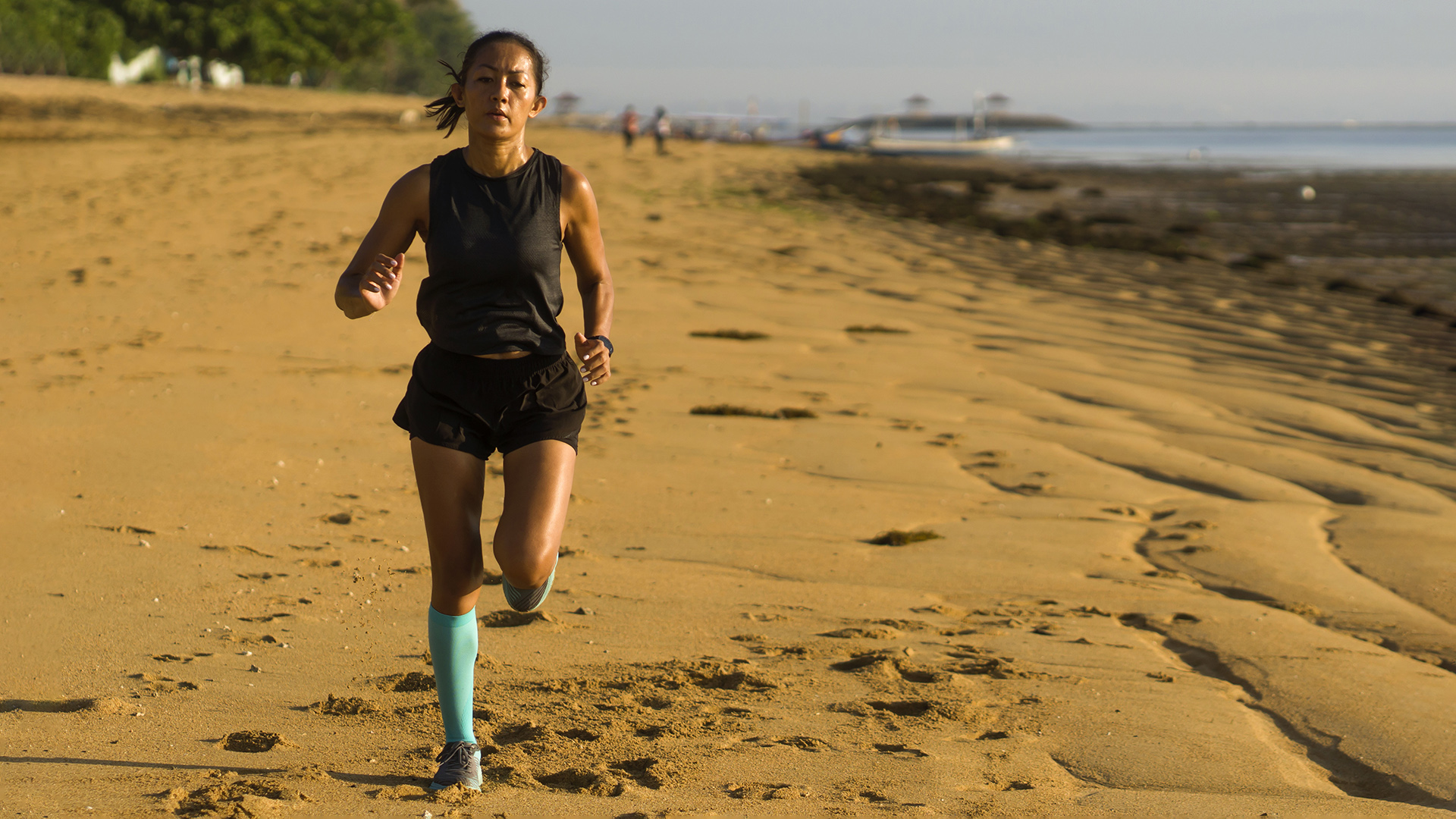
The best compression socks for running could help you recover faster, whether you're an ultra-runner or someone who 'only' dabbles with weekly park runs. Although running compression socks won't make you run any faster, they can help you achieve your fitness goals sooner, but only if you use them correctly.
Besides helping your lower legs feel more oxygenated during your runs, running compression socks can hold your ankles firmer, reducing the risk of ankle sprains.
Complete your running gear by getting the best running shoes (or the best women's running shoes, specifically), the best running headphones and the best running watch.
Our current favourite are CEP's The Run 4.0 socks, a great update from one of the most respected performance companies. A close second are the 2XU Vectr Light socks, which are excellent for those suffering from plantar fasciitis. If you're new to compression socks, we recommend Danish Endurance's Cotton Compression Socks, thanks to its moderate compression.
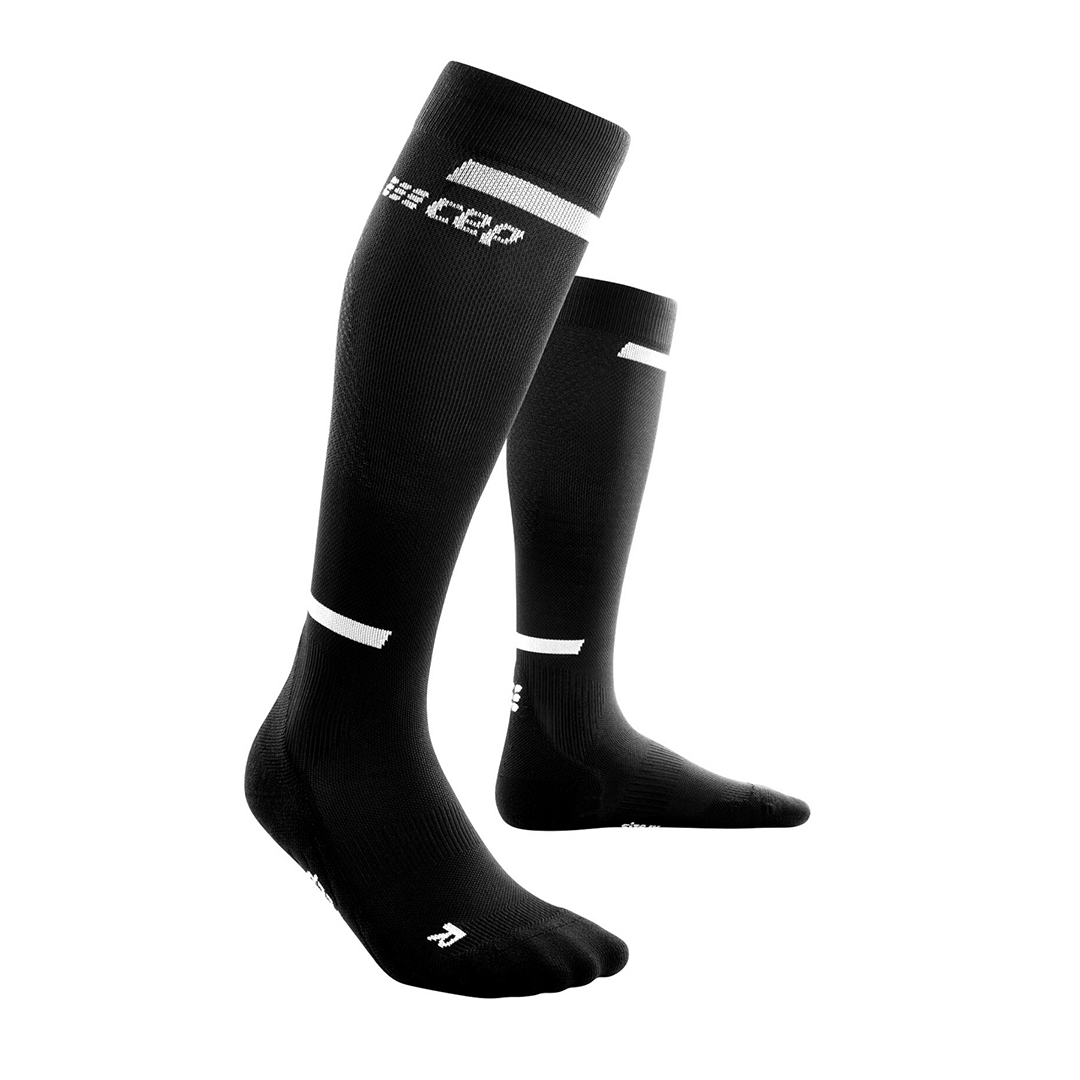
Minor tweaks to an already great sock have made this one of the best compression socks for those regularly racking up the miles.
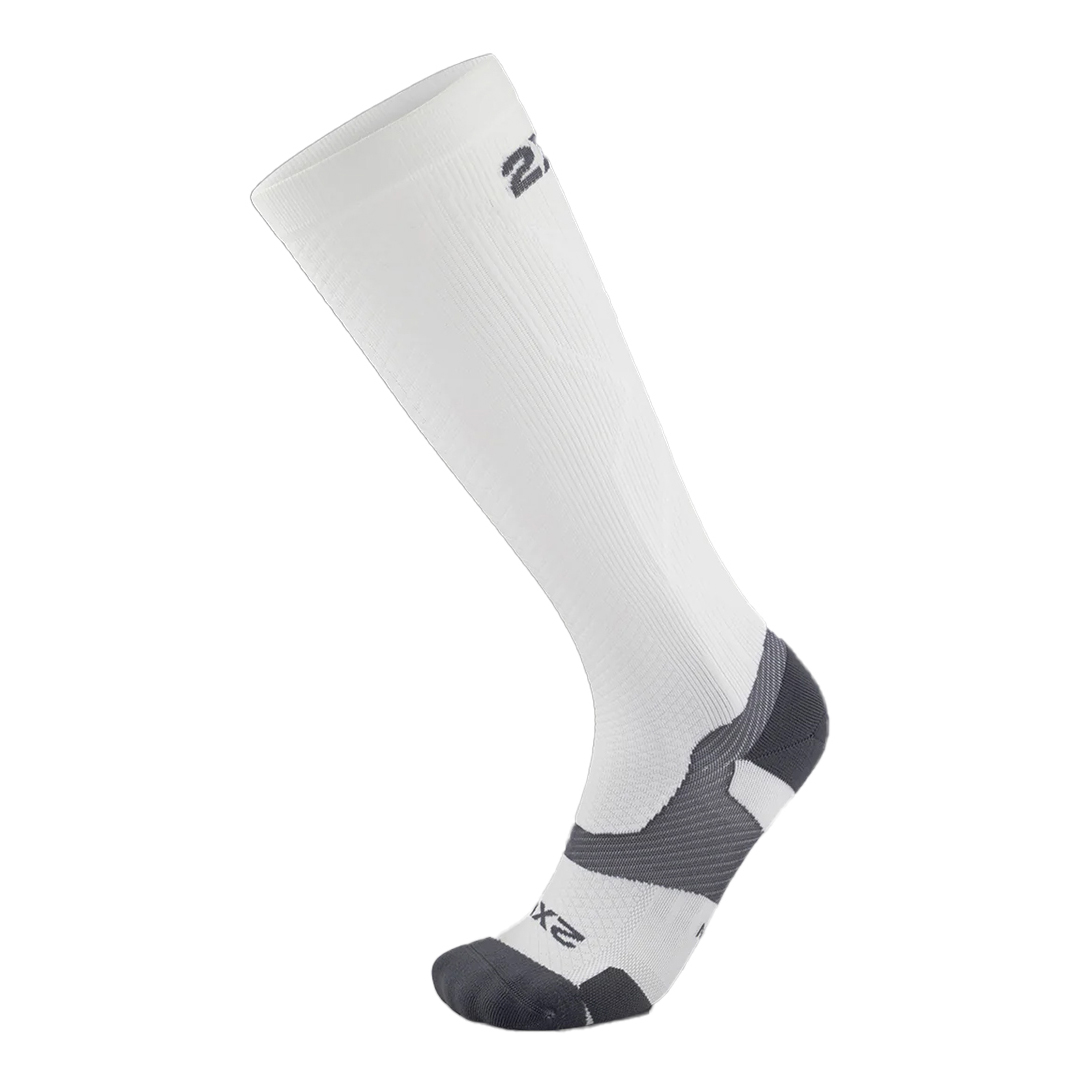
We found this sock to be the most supportive for those who suffer from plantar fasciitis. The compression is firm but graduated, while the cushioning underfoot is comfortable.

These socks are a top all-rounder, offering soft comfort, light support, and great breathability. Ideal for travel, recovery, or everyday wear, they come with a five-year anti-hole guarantee and plenty of colour options.
The best compression socks for running you can buy right now
Best overall
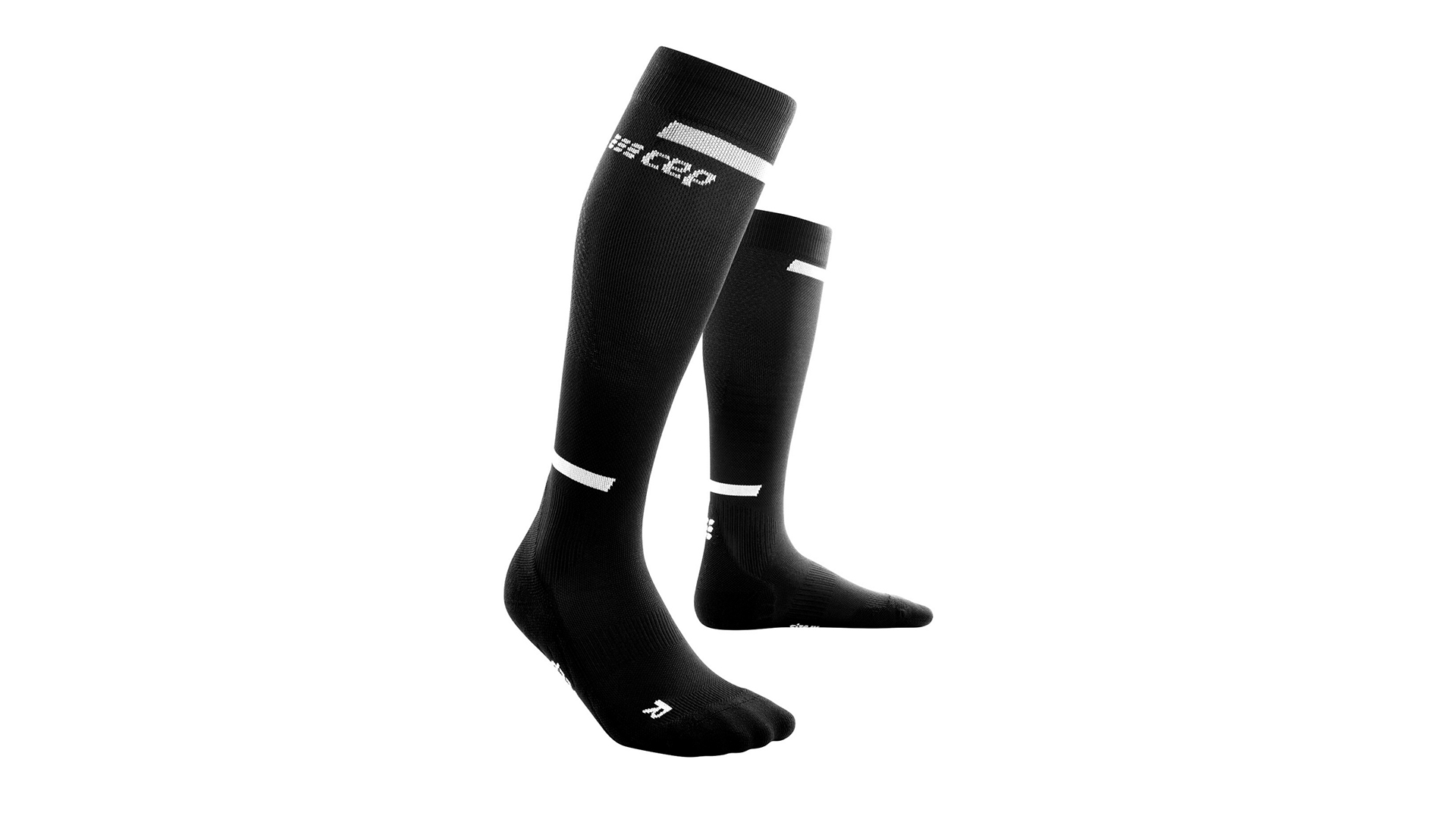
CEP The Run 4.0
Specifications
Reasons to buy
Reasons to avoid
CEP seems to update this sock on a bi-annual basis, but we have been loving all generations of the model since it launched a number of years ago.
Recently, CEP has seen fit to make minor tweaks to the fit, offering a wider top band and a variety of sizes for different calf sizes. It’s important to get the measurement right, but it means the level of compression is always spot on, without the risk of being too tight for those blessed with Jack Grealish legs.
In addition to this, there’s a neat open mesh design at the rear, which ensures great air flow, as well as boosted protection at the Achilles heel. A new padded footbed now features extra channels for increased ventilation. Cool feet = happy runner.
Best for plantar fasciitis
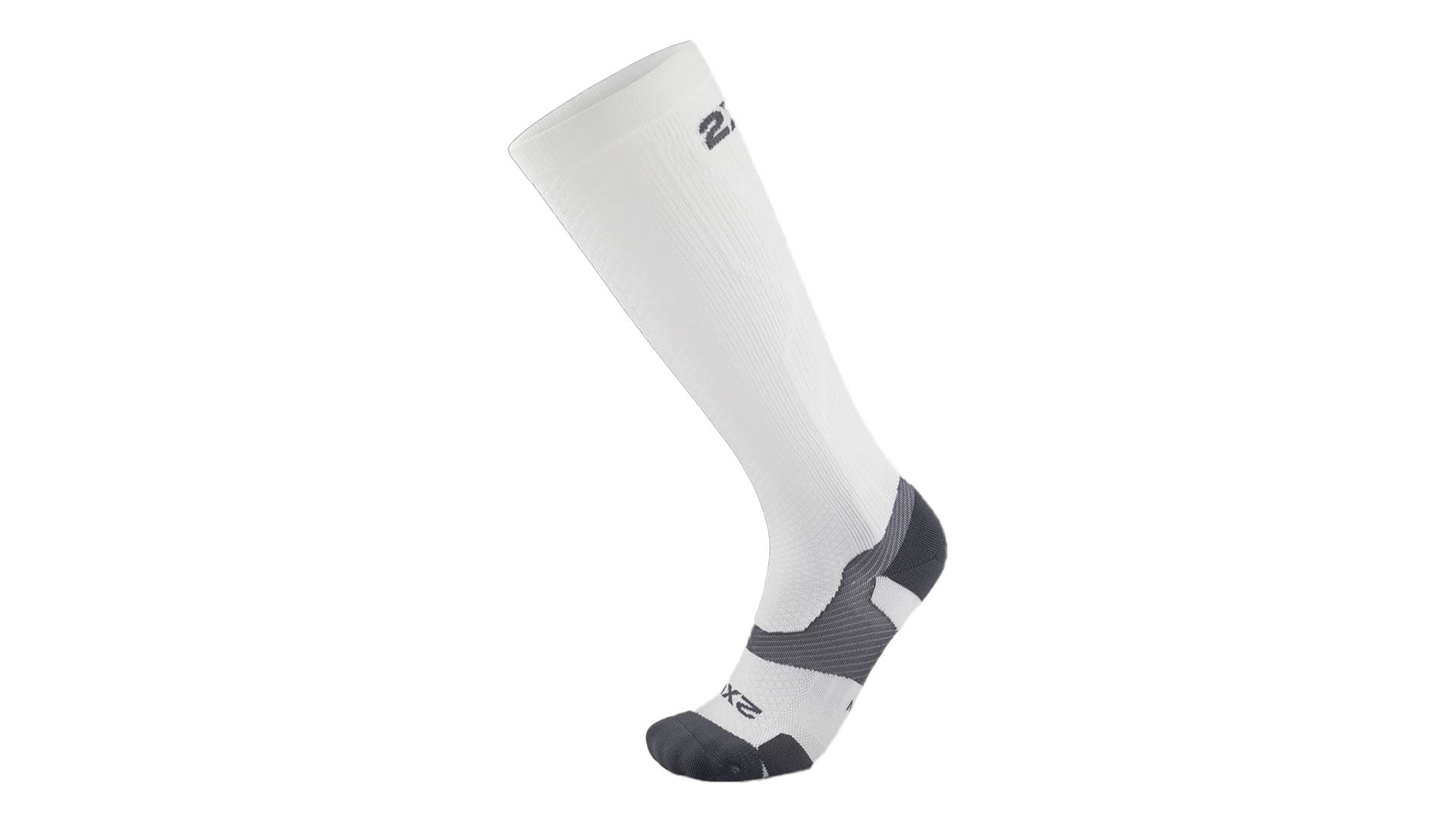
2XU Vectr Light Cushion Full Length
Specifications
Reasons to buy
Reasons to avoid
Designed with runners in mind, this full length compression socks from training and racing specialist 2XU offers advanced plantar fascia and arch support for those who suffer with a few niggles.
The 2.5mm of underfoot cushioning adds to whatever suspension your running shoes provide and gives an extra layer of comfort - particularly good for high mileage runners.
Made from wicking yarns and zoned mesh ventilation areas to keep the feet dry, they aren’t too shabby in hot weather, although we did find the extra cushioning adds bulk and can lead to sweaty feet in properly hot weather.
Regardless, a super comfortable sock that provides compression all the way up the calf, helping to reduce shin splints, kill of cramping and help with circulation.
Best all-rounder

Danish Endurance Compression Socks (for Running)
Specifications
Reasons to buy
Reasons to avoid
Danish Endurance’s Organic Cotton Compression Socks offer a great balance of comfort, support, and durability, making them our pick for the best all-rounder. They're made with soft, breathable organic cotton and feature cooling lanes to help with ventilation, ideal for day-long wear, travel, or light running and hiking.
The compression is gentle rather than intense, so while they may not satisfy runners seeking firmer support, they’re perfect for those who want everyday comfort with a touch of performance. We appreciated the snug fit, soft feel, and the fact that they don’t overheat easily, even during warmer spring outings.
What really sets these socks apart is their longevity. Each pair comes with a five-year "anti-hole" guarantee, which is rare at this price point. Add in the wide range of colours and sizes, and you’ve got a versatile, stylish option that works across multiple use cases, from recovery to long-haul flights to casual wear.
Best for warm weather
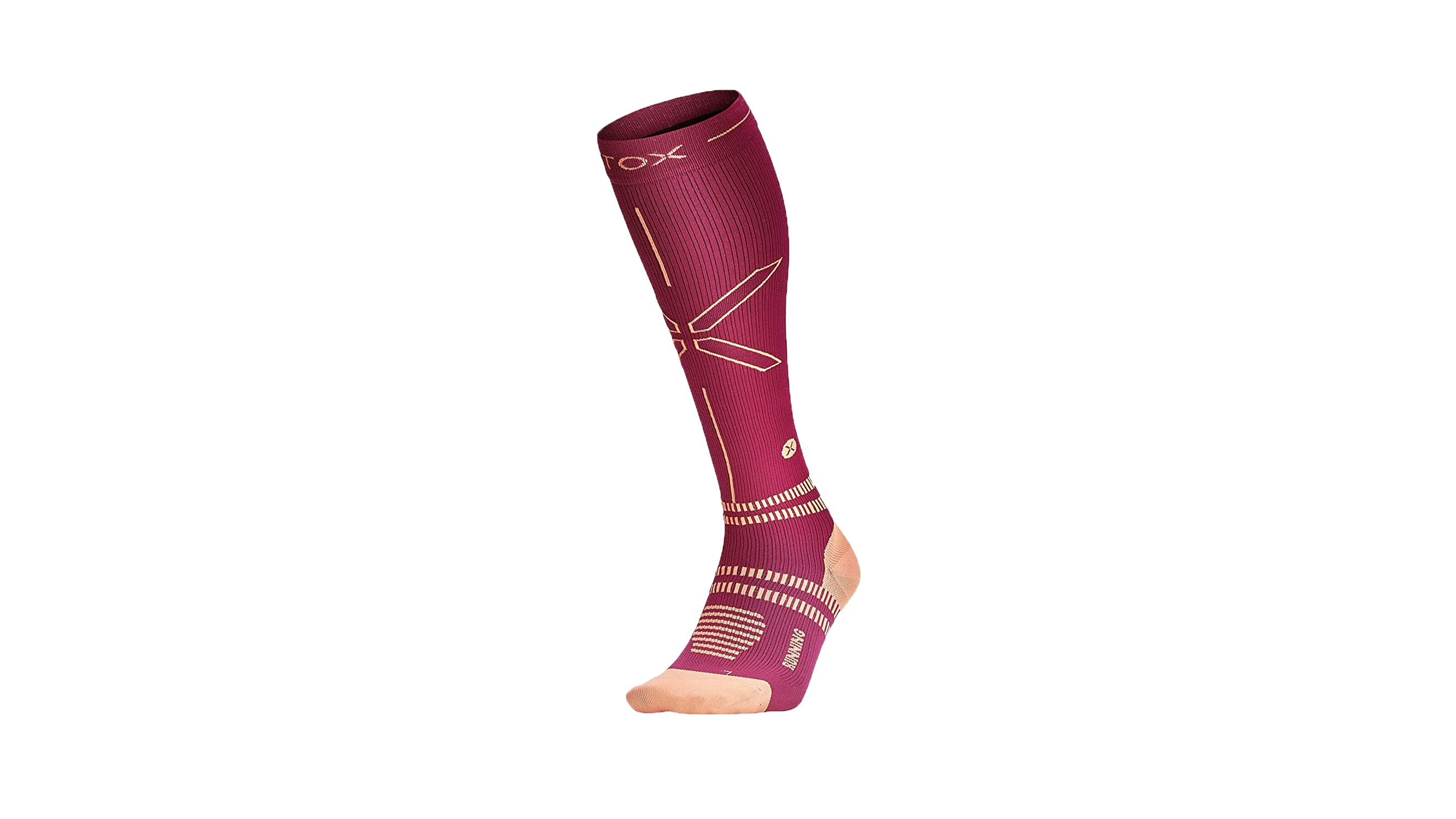
STOX Running Socks
Specifications
Reasons to buy
Reasons to avoid
The STOX Running Socks are a bit different from this bunch. These socks offer compression and compression-only, but by not trying to make the socks rival the feature-richness of a Swiss army knife, STOX managed to keep the thickness of the Running Socks low.
As a matter of fact, the STOX Running Socks are the thinnest compression running socks we tried that still provide an adequate amount of compression (23-32 mmHg graduated compression) that's also been medically approved.
Other than that, it is said to do all the other stuff compression socks are meant to do, including muscle pain prevention, faster recovery, increased blood flow and so on.
Best for firm compression
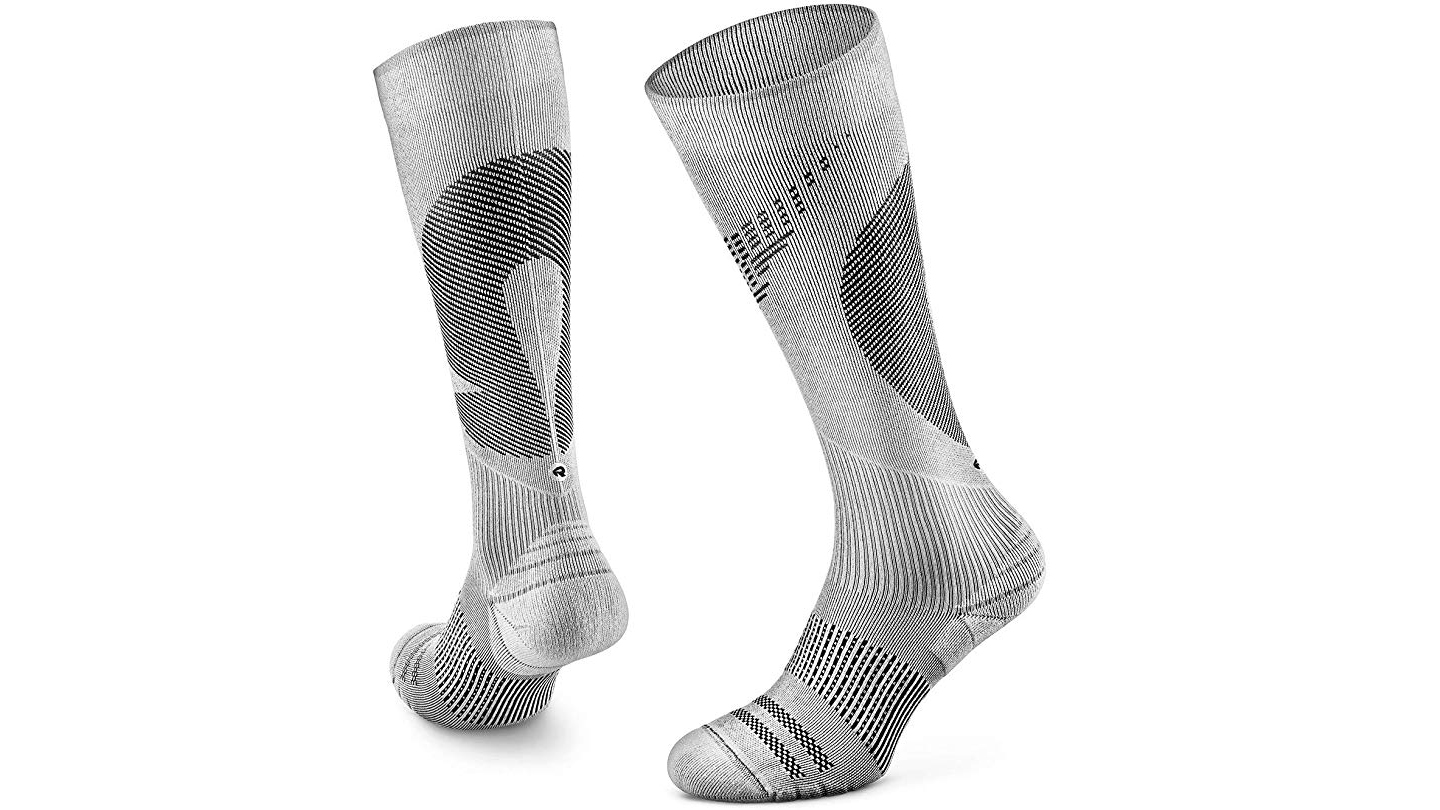
Rockay Vigor
Specifications
Reasons to buy
Reasons to avoid
If you care about the planet as much as your feet, you should get Rockay socks. The Rockay Vigor (retailer link), for example, not only applies an ample amount of pressure in all the right areas (graduated compression 16-23 mmHg) but it's also made using Econyl Regenerated Nylon yarns. These yarns are made of recycled ocean plastic and are sustainable.
The Rockay Vigor Graduated Compression Socks' compression level is on the tight side, but not in a bad way. They are also ever so slightly high, so the socks run all the way up to the knees. Despite offering loads of compression, the Vigor still has breathable mesh zones for extra breathability.
Best long distance

Swiftwick Aspire 12
Specifications
Reasons to buy
Reasons to avoid
Swiftwick socks are renowned for their moisture-management and sweat-wicking properties – hence the name 'Swiftwick' – and the Aspire 12 indeed does a good job in removing the sweat away from your lower legs.
Thanks to the very firm compression the Swiftwick Aspire 12 provides, these socks can efficiently reduce fatigue and improve performance, although given the high pressure in the socks, people who haven't used compression socks before might find it a bit too tight. The Swiftwick Aspire 12 is especially recommended for long-distance running and even for non-performance-related activities, too, like flying.
How to choose the best compression socks for running and sports
There are a few important things to consider before buying a pair of compression socks. Not least of which is what they actually are and how they work.
How do compression socks work? Well, in addition to making your lower legs look extra colourful, compression socks make blood flow more efficiently – it's the same reason people wear them during flights to help prevent DVT (or deep vein thrombosis).
Most socks apply gradient pressure, which means less pressure is applied to the leg the higher up you get. However, because different people have different shaped legs and feet, as well as different levels of circulation, you need to look for socks that apply pressure at the right level to the areas that are going to help you.
The level of compression varies too. If a brand lists the grade of compression (rated in mmHg), it’s a good sign you’re getting real compression rather than something that’s just a bit tighter. Many brands don’t provide this information.
You’ll find a range of different fabrics. Some will combine compression with thermal layering to keep your feet warm. Others use moisture-wicking technology to do the opposite. So it’s important to think about when and where you’re most likely to use them.
It’s also worth thinking about thickness and how they’re going to feel in your running shoes. All the compression in the world won’t help you if you’ve got blisters because your shoe-sock combo has eaten up all the wiggle room for your toes.
To get the best fit, measure your calf circumference at its widest. You will need this number (in either centimetres or inches) to find the best fitting compression sock for your legs.
FAQ
What level of compression socks do you need for running?
[In-depth: what level of compression do you need for running?]
In short, it depends. Most people will not see the benefits of wearing compression socks for running, but compression garments can help with recovery as long as you wear them after the running sessions have concluded. In a study titled 'Compression socks and functional recovery following marathon running: a randomized trial', the researchers came to the following conclusion:
"This shows a significant beneficial effect of compression socks on recovery compared with placebo. The wearing of below-knee compression socks for 48 hours after marathon running has been shown to improve functional recovery as measured by a graduated treadmill test to exhaustion 2 weeks after the event."
Get all the latest news, reviews, deals and buying guides on gorgeous tech, home and active products from the T3 experts

Matt Kollat is a journalist and content creator who works for T3.com and its magazine counterpart as an Active Editor. His areas of expertise include wearables, drones, fitness equipment, nutrition and outdoor gear. He joined T3 in 2019. His byline appears in several publications, including Techradar and Fit&Well, and more. Matt also collaborated with other content creators (e.g. Garage Gym Reviews) and judged many awards, such as the European Specialist Sports Nutrition Alliance's ESSNawards. When he isn't working out, running or cycling, you'll find him roaming the countryside and trying out new podcasting and content creation equipment.
- Leon Poultney
- Kieran AlgerFreelance writer